The Civil Rights Memorial is located across the street from the headquarters of the Southern Poverty Law Center.
We were able to enjoy the Memorial even though we did not get to see the exhibits inside. Designed by Maya Lin (who also designed the Vietnam Veteran Memorial in Washington, DC), it conveys a very powerful message. The quote on the wall of water is the well-known Martin Luther King, Jr., paraphrase of Amos 5:24. "...until justice rolls down like waters and righteousness like a mighty stream."
The black granite disk records the dates and names of martyrs in the Civil Rights Movement.
It was designed to be a contemplative place for us to remember the movement and honor those killed during the struggle. Like the Vietnam War Memorial, it is a powerful experience that we will long remember.
Next we went to the Rosa Parks Library and Museum. Below is a photo of the children's wing. Peaking through the windows of the main entrance we were able to to see a large statue of her in the lobby. The building has multiple circular bronze plaques about the famous Montgomery Bus Boycott that began the day Rosa was convicted and fined for failure to give up her seat for a white man. The case went to the US Supreme Court who issued the decision that the action was unconstitutional resulting in integration of public transportation in the our nation.
While there, we met these folks (residents of Montgomery) who shared information with us about the Library and Museum. They were delightful!
Our final stop was Riverfront Park located along the Alabama River. There was plenty of free parking when we visited on a lovely Sunday afternoon. Walking toward the entrance of the park, we saw this statue of Hank Williams (1923-1953). Born in Alabama, he moved to Montgomery in 1937 where he began his music career. His notoriously unhealthy lifestyle resulted in an early death, but he is one of the most celebrated and influential musicians of that era. A short distance away is the entrance to the park.
The park is located at site of Montgomery's cotton slide. Heavy cotton bales were transported from the streets above to the waiting steamboats on the Alabama River in the 1800s. Today the park is a place to enjoy riverboat rides, events and concerts at the amphitheater, picnicking at various shelters, and more.
Panels that describe the history of Montgomery and the surrounding area can be found near the entrance.
There are currently eight panels (four on each side of the wall) that provide a chronological synopsis of the history of Montgomery. Below are the first and last two.
The Harriott II Riverboat is docked here. Tours are available and the schedule is published at their website (www.funinmontgomery.com/parks-items/harriott-ii-riverboat).
At the top of the pole in the photo below is a marker that shows the terribly destructive level of the flood in 1961.
There is lots of seating (for up to 6,000) on the sloping hill in front of the beautiful Riverfront Amphitheater. There are beautiful views of the Alabama River behind it.
We walked up the hill where there is a veranda with tables. A restroom building is located nearby with a painting of the Alabama Capitol building.
Next to the park is Riverwalk Stadium, a baseball venue. Also, a splash pad is open in the summer and a boat ramp provides access to the river year round.
After letting our sweet doggie, Sadie, enjoy some outdoor time at the park, we retraced our steps through the tunnel and to our car. It was nice to spend some time walking around Montgomery We always enjoy getting a feel for the cities we visit. What I have found so interesting about this city is that it was both the cradle of the Confederacy and the home of the Civil Rights movement.

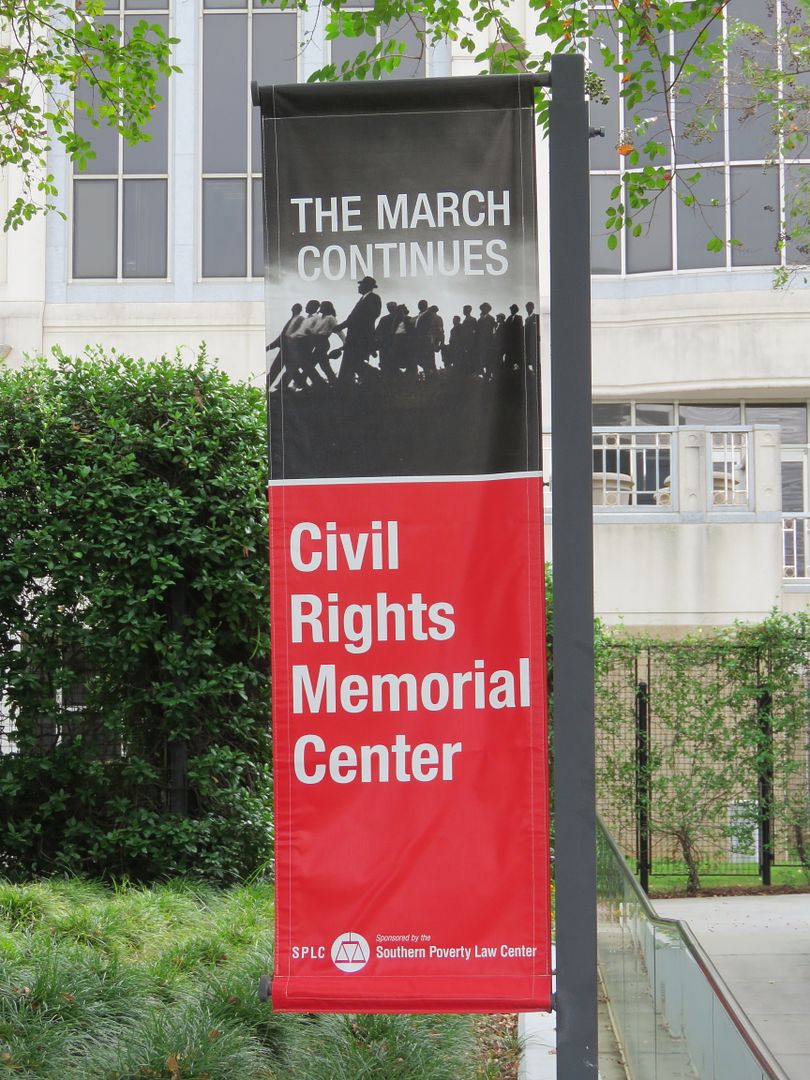
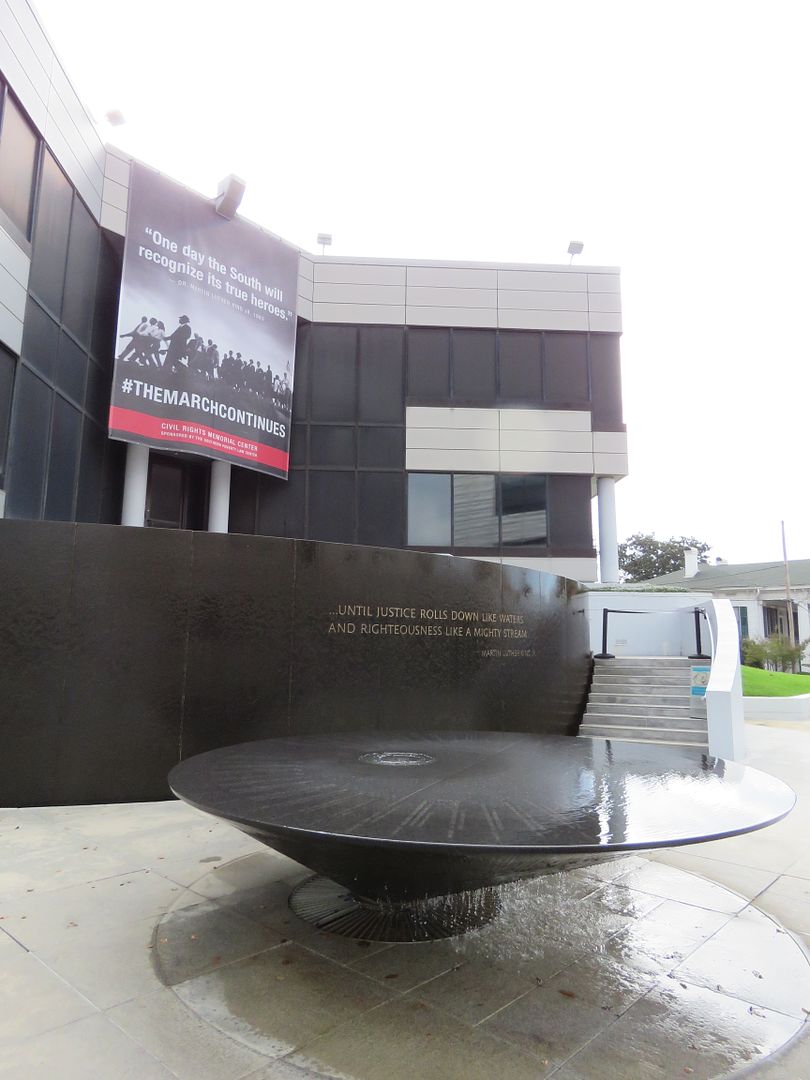

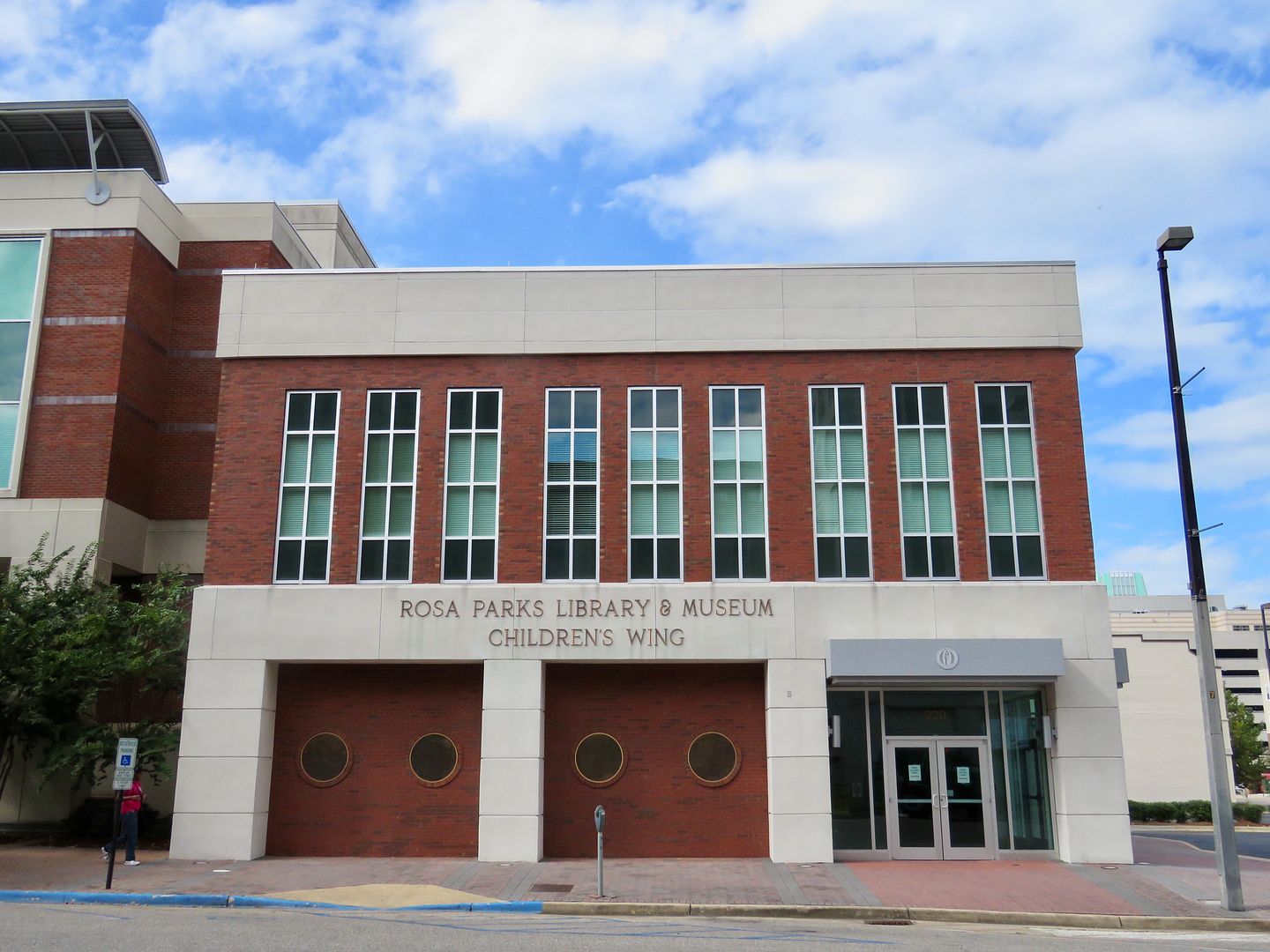
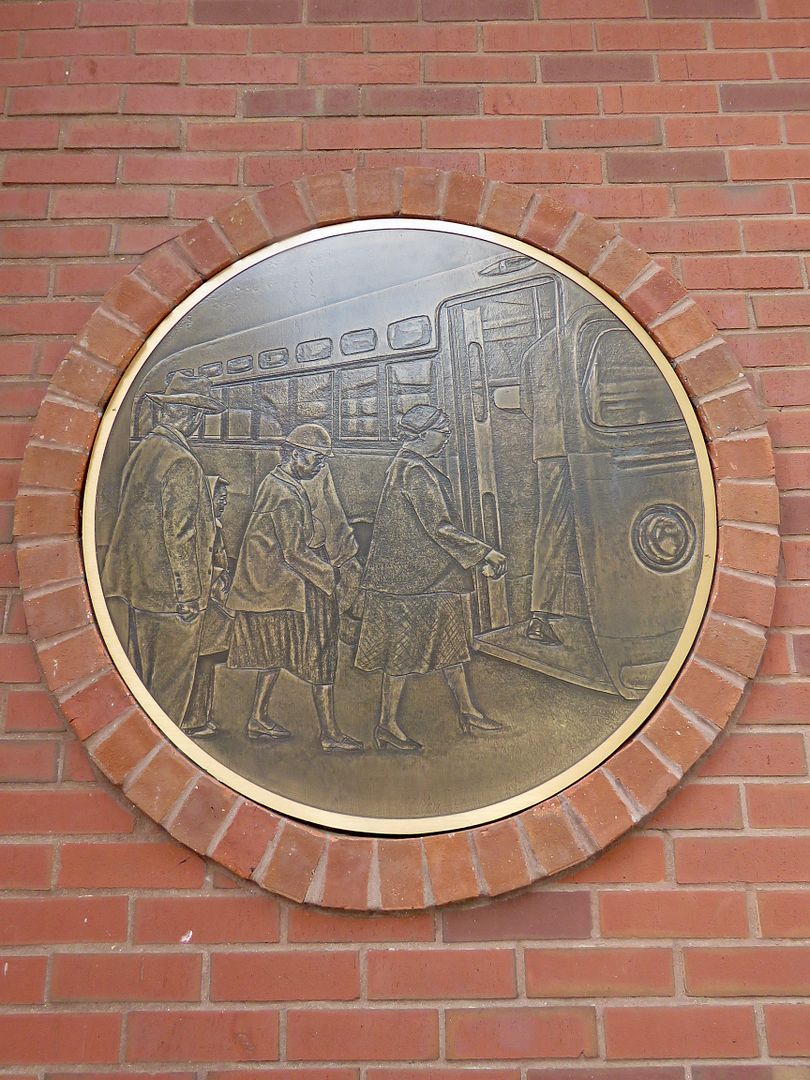
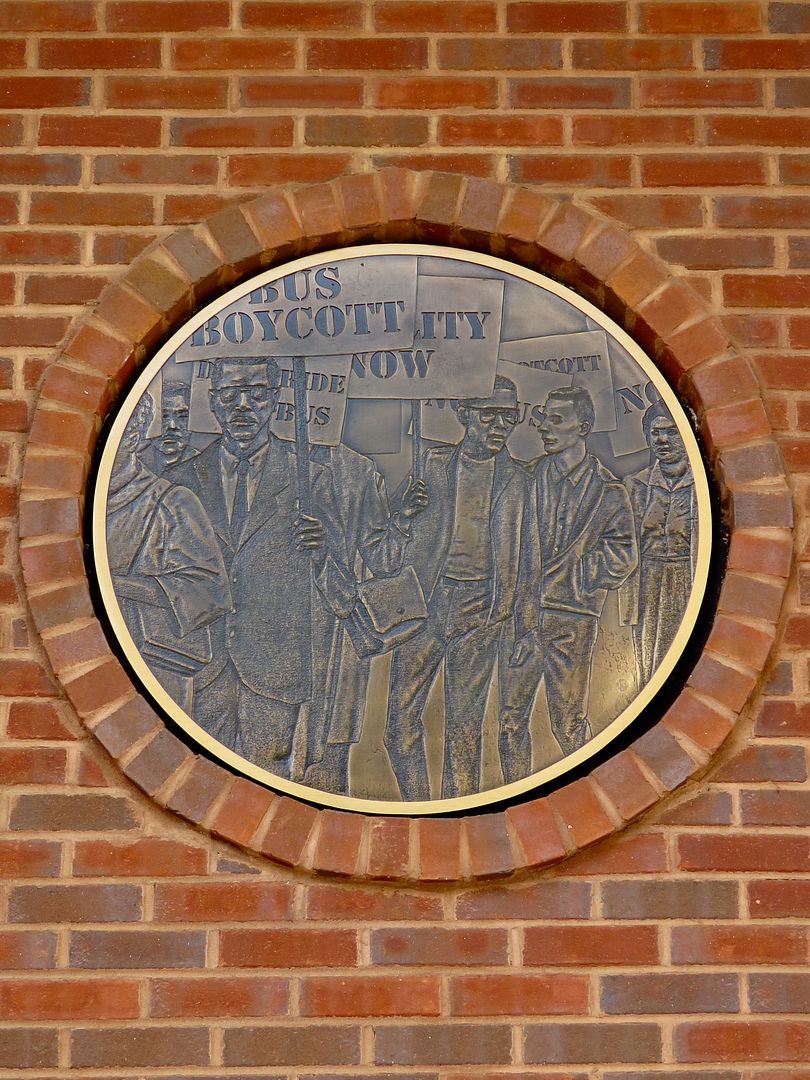
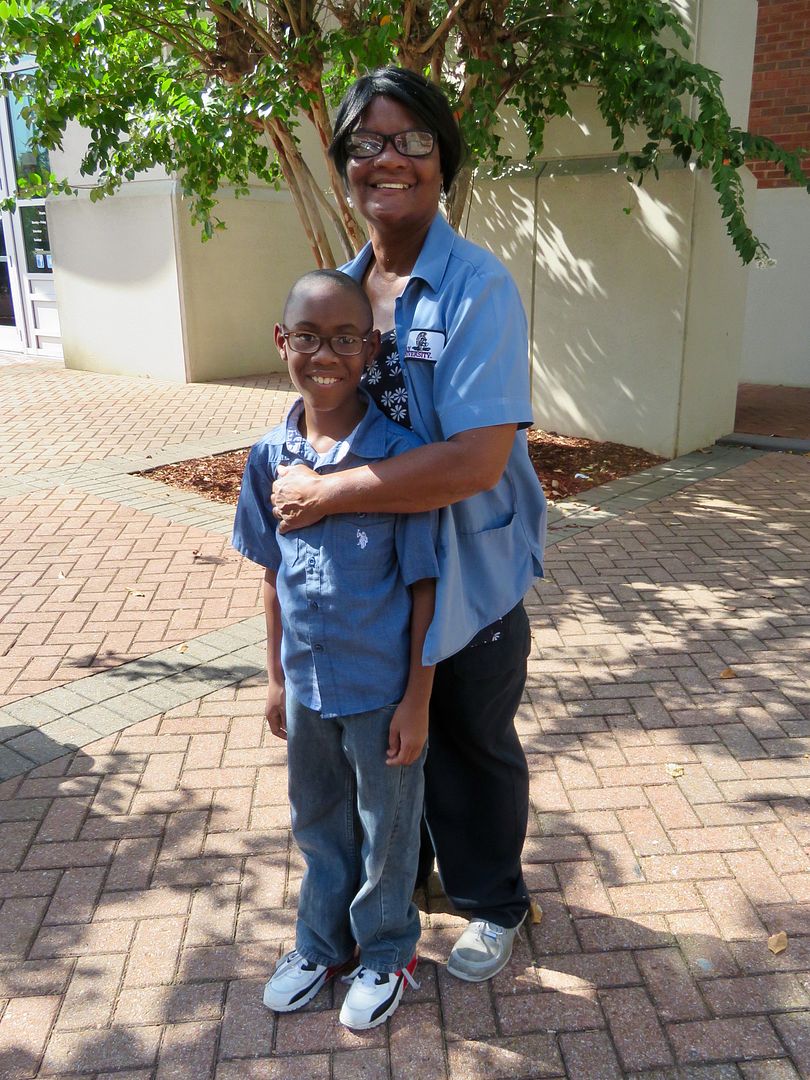
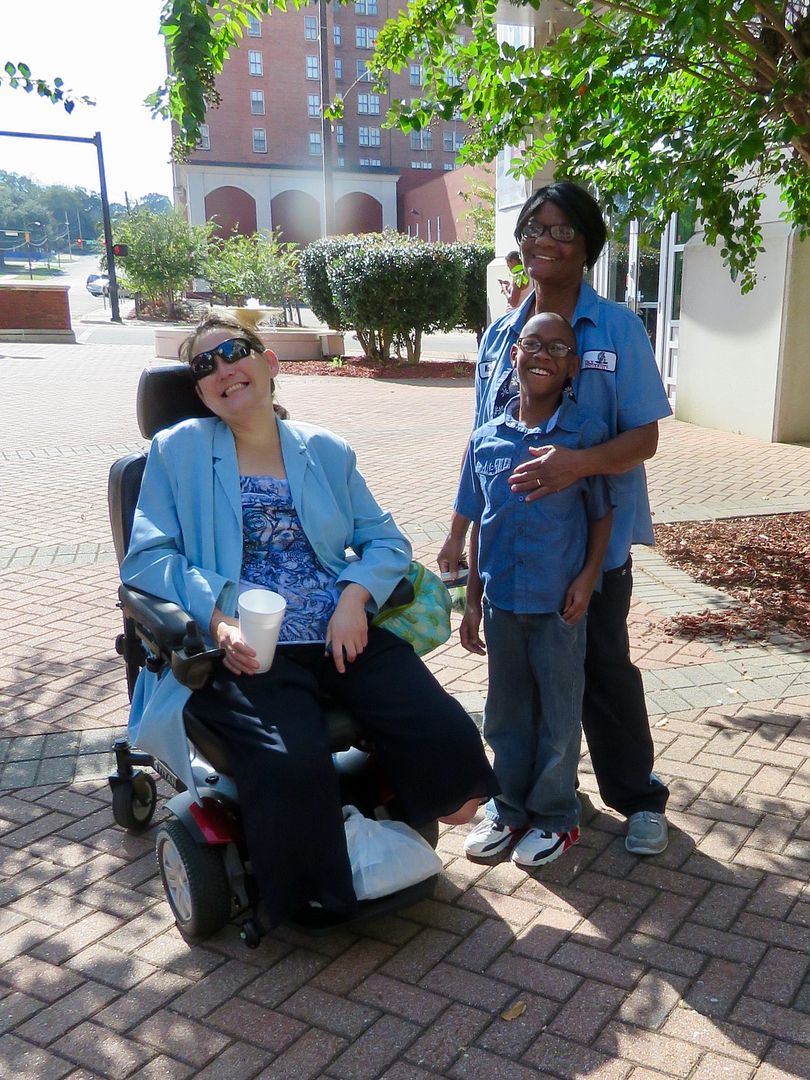
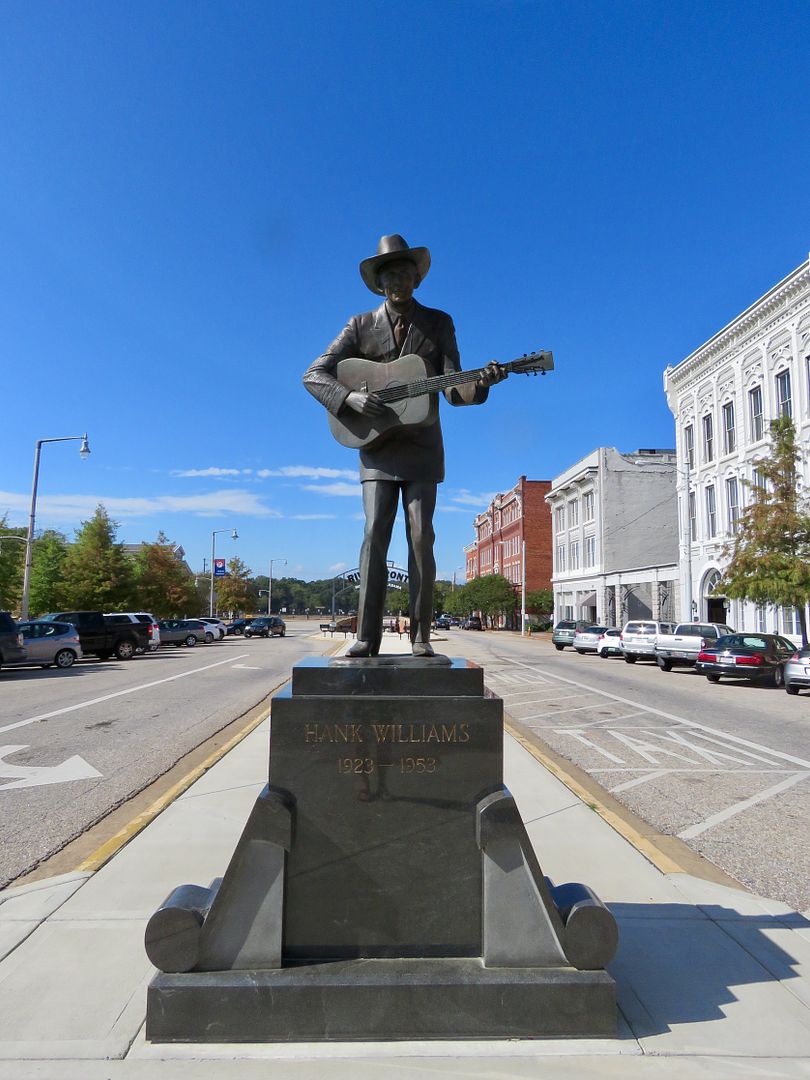
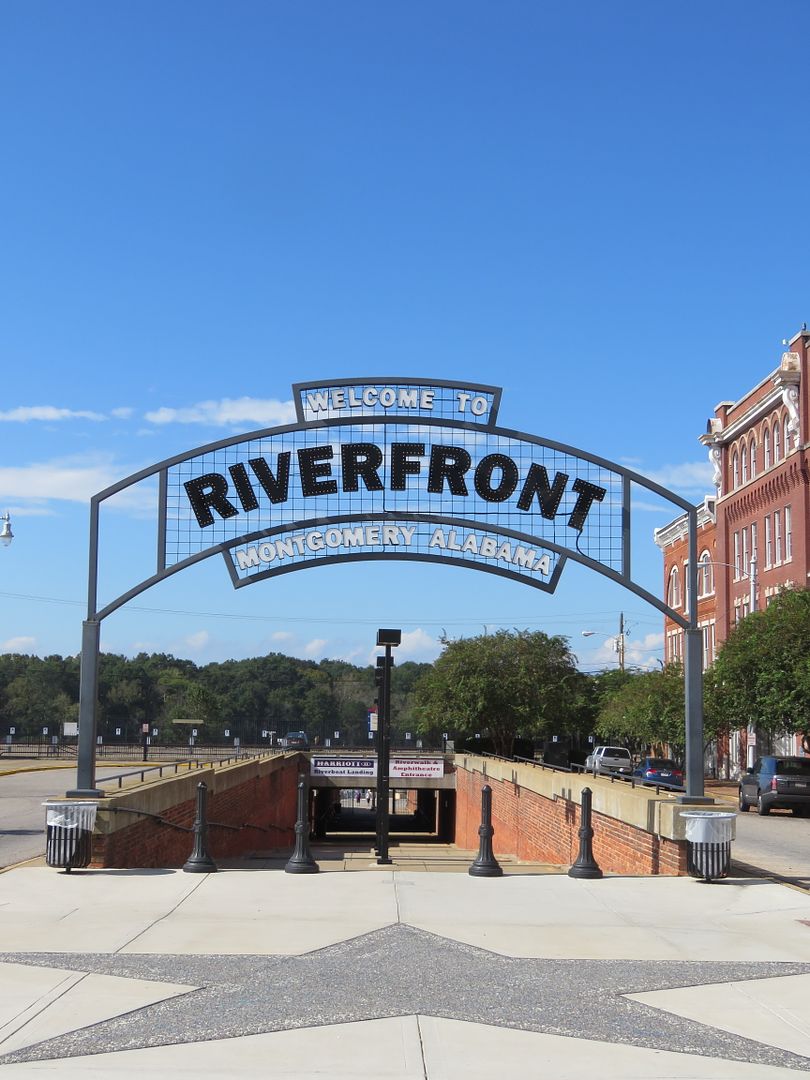
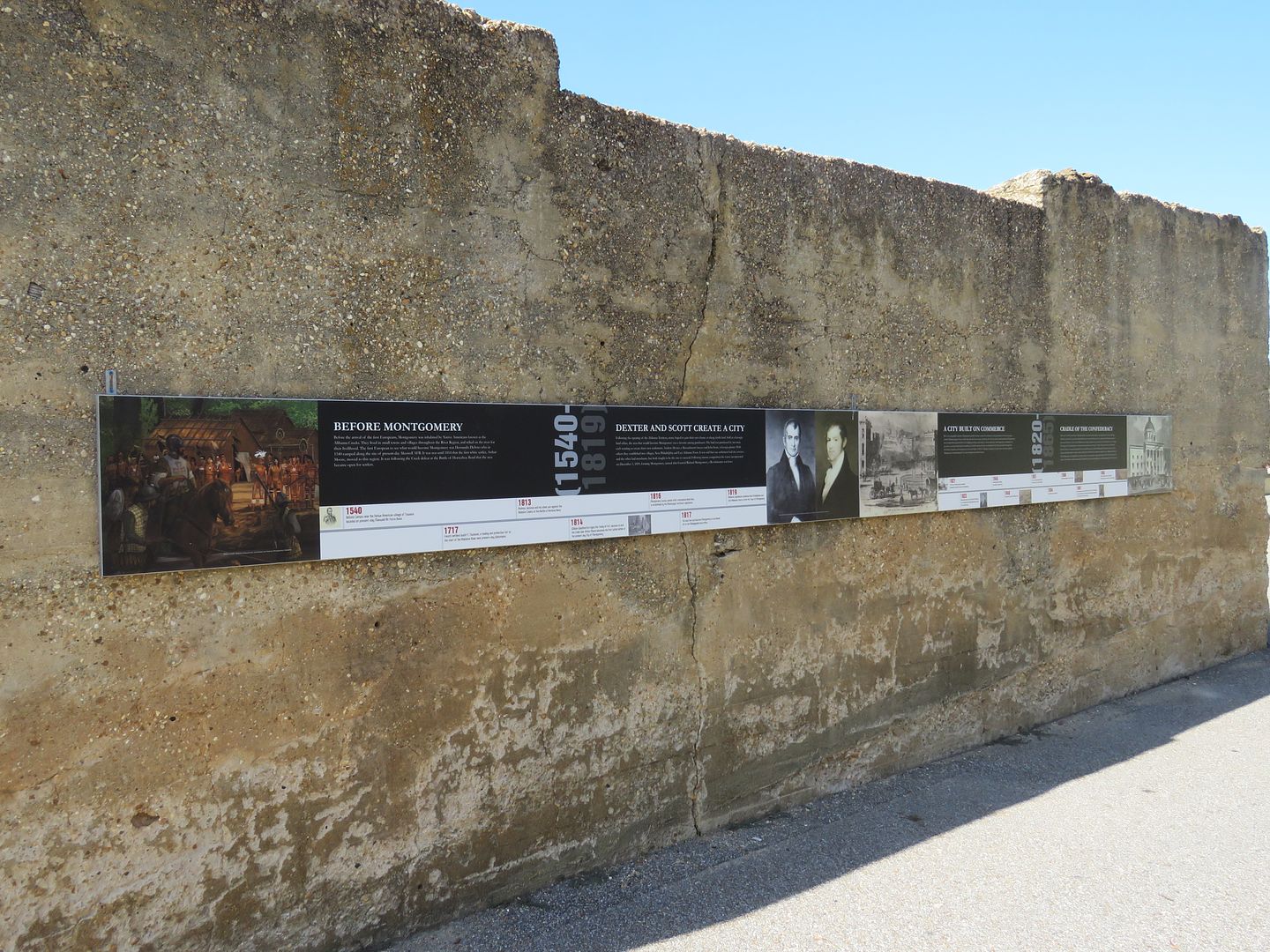

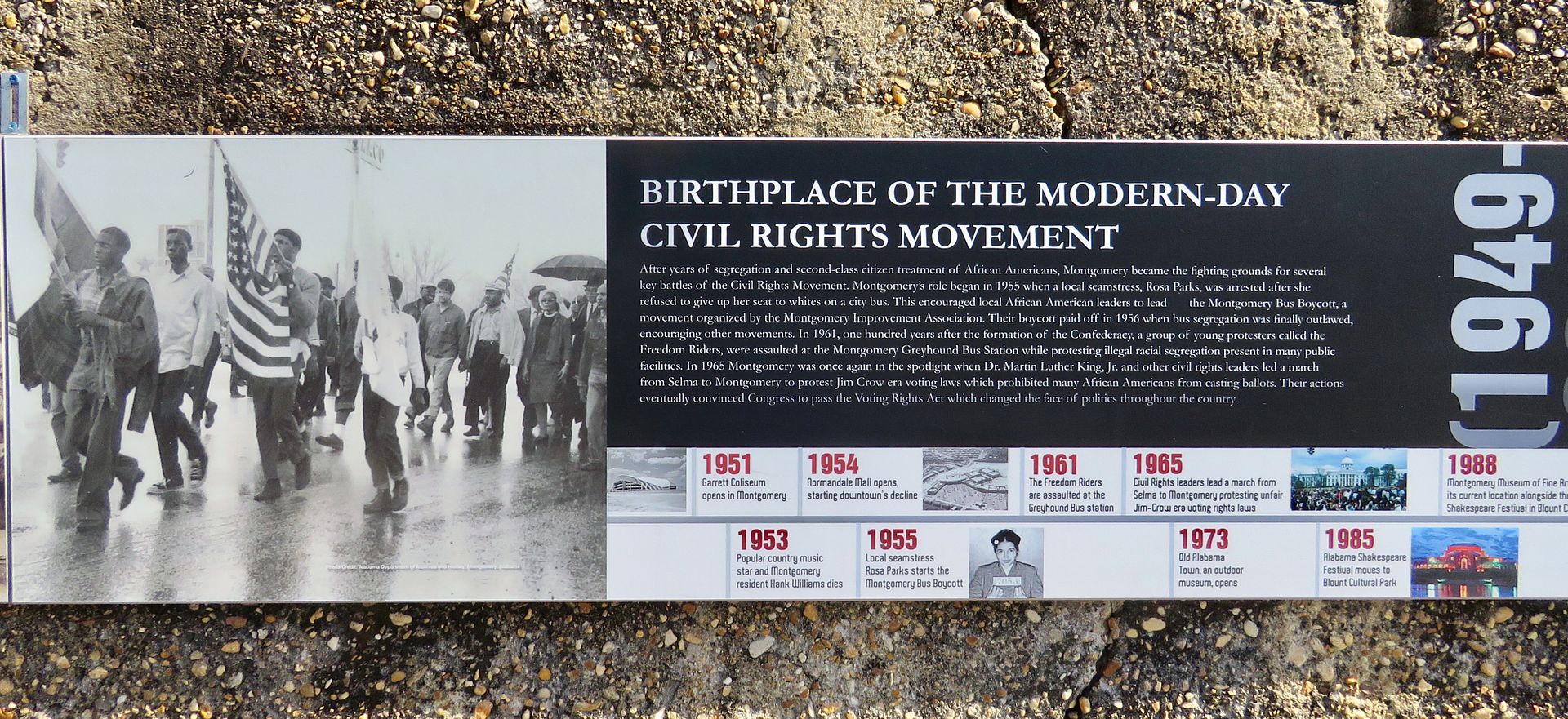

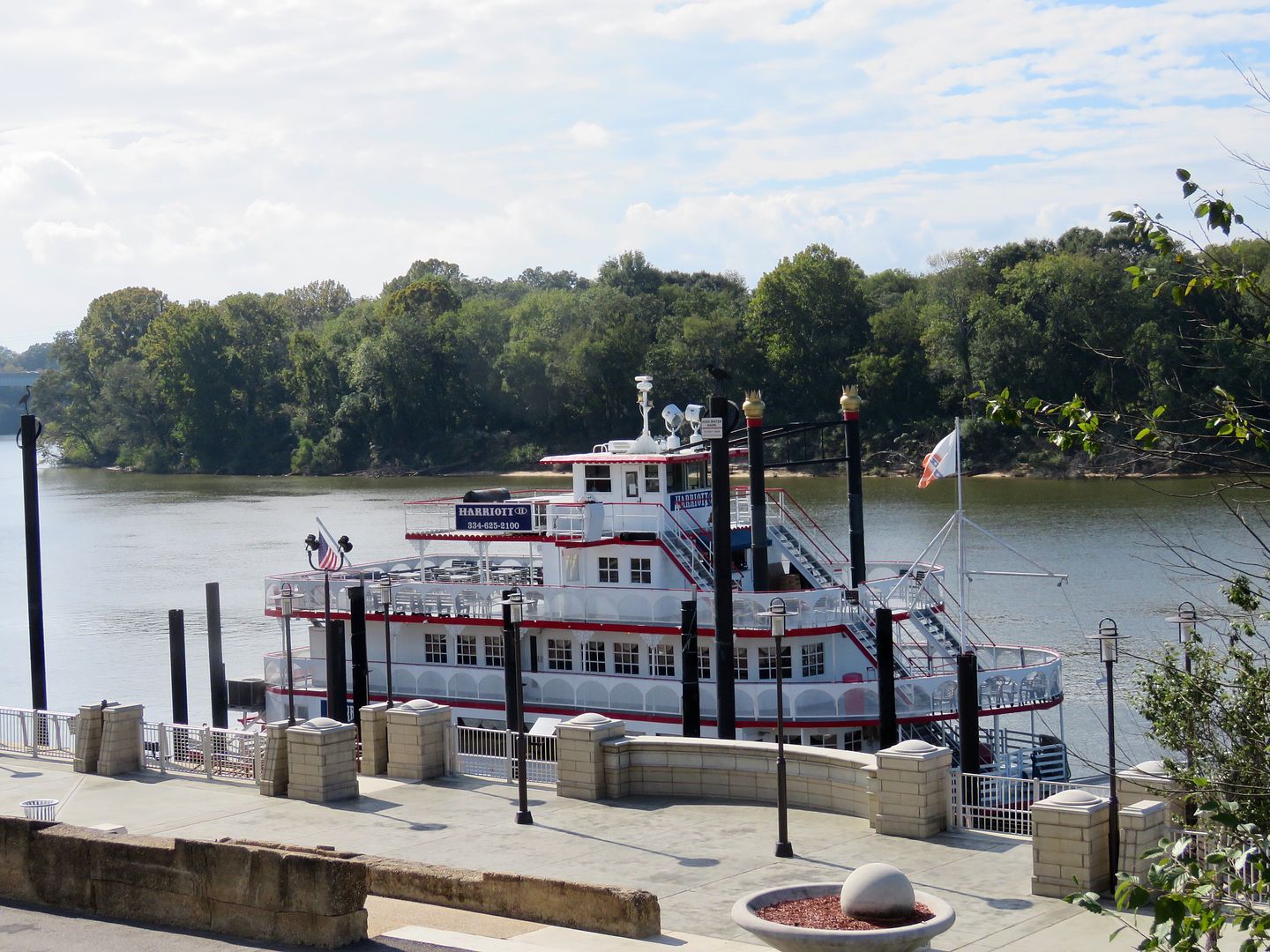
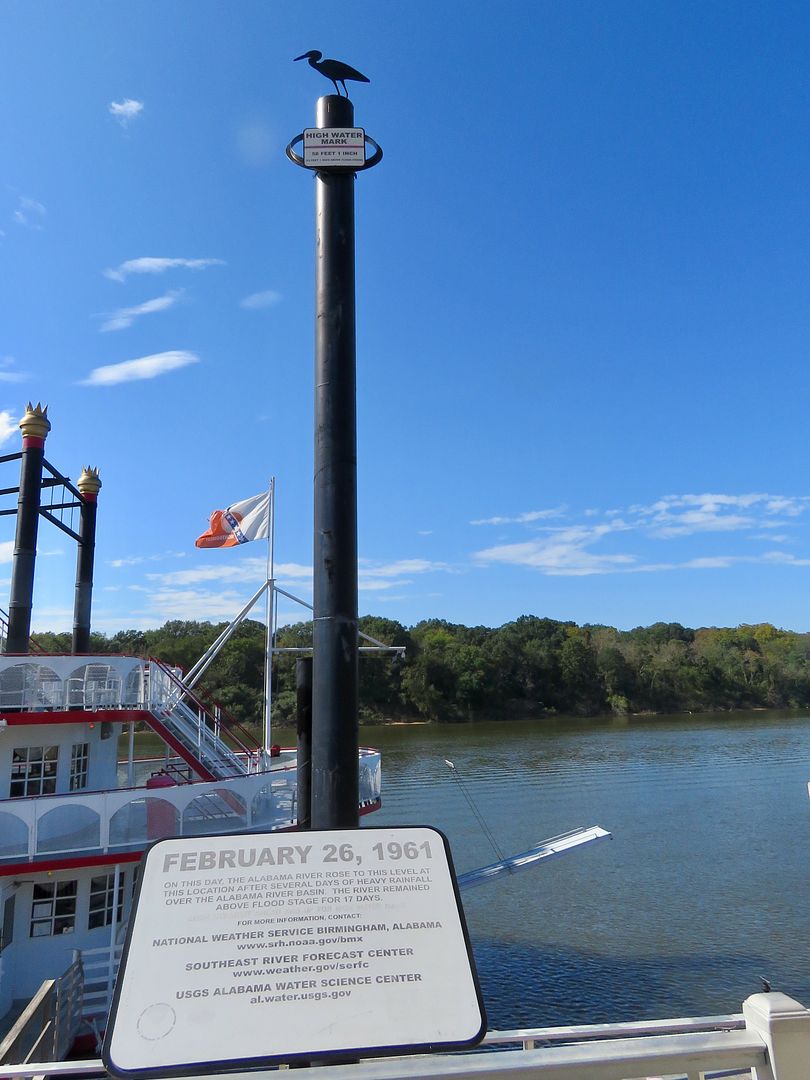
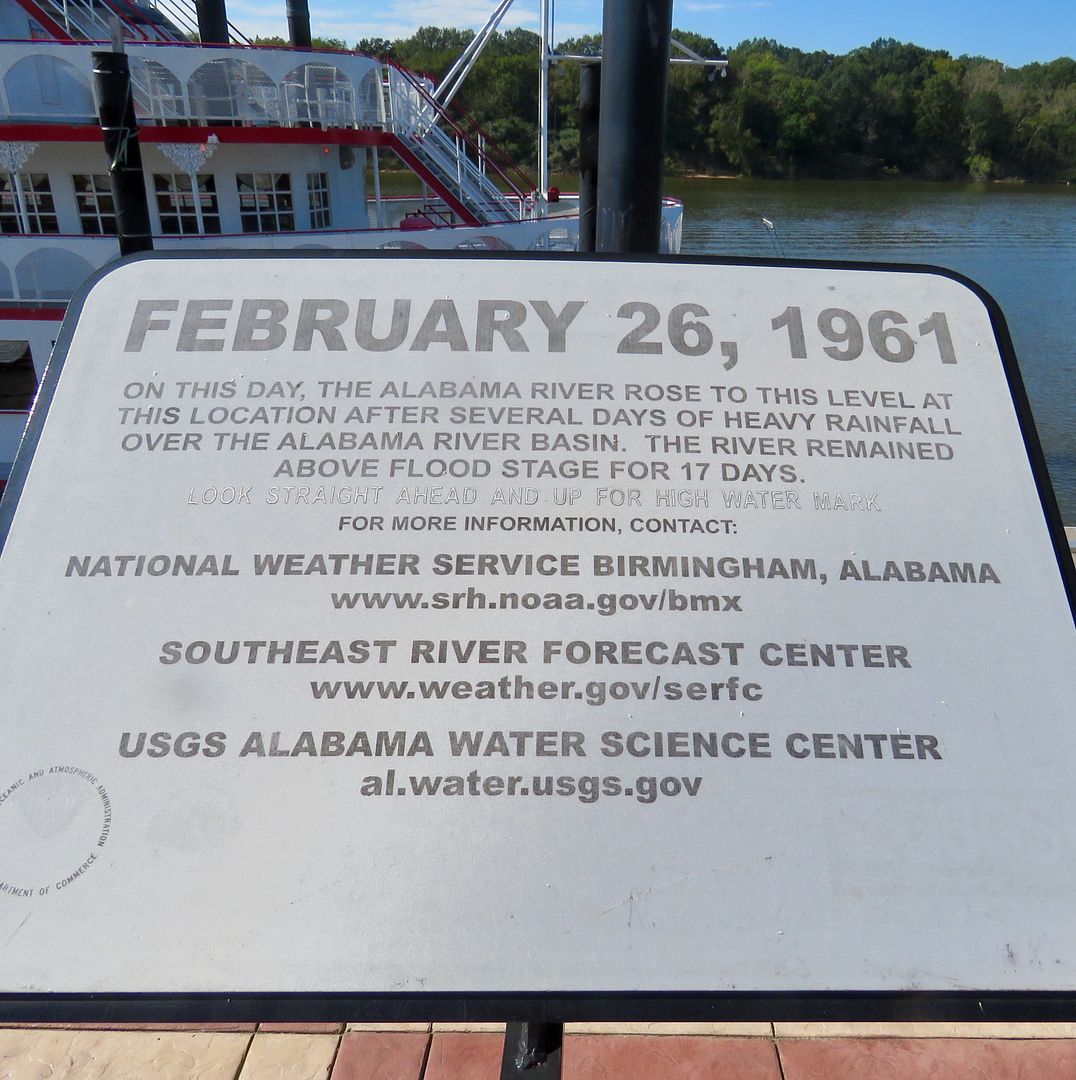
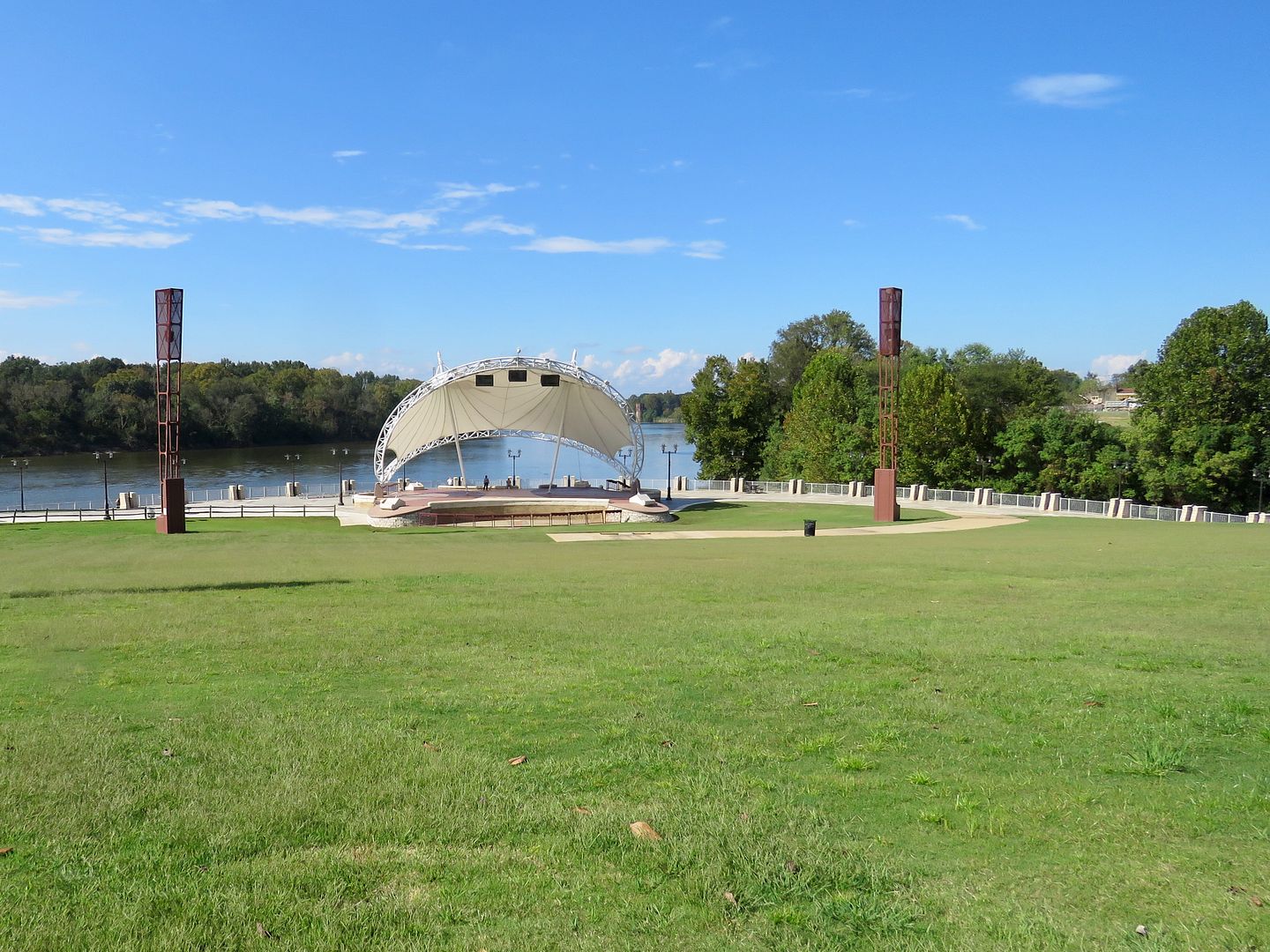
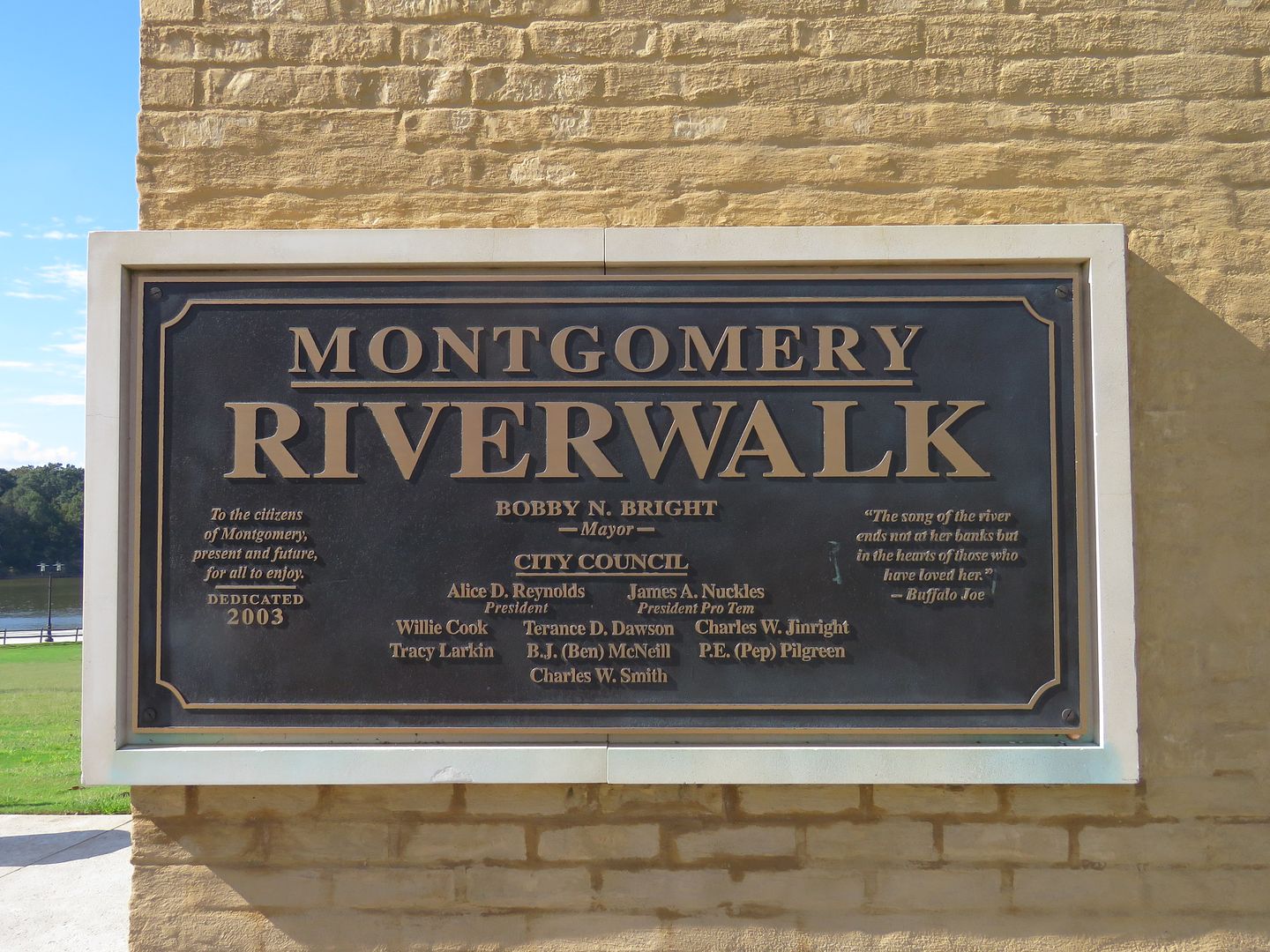
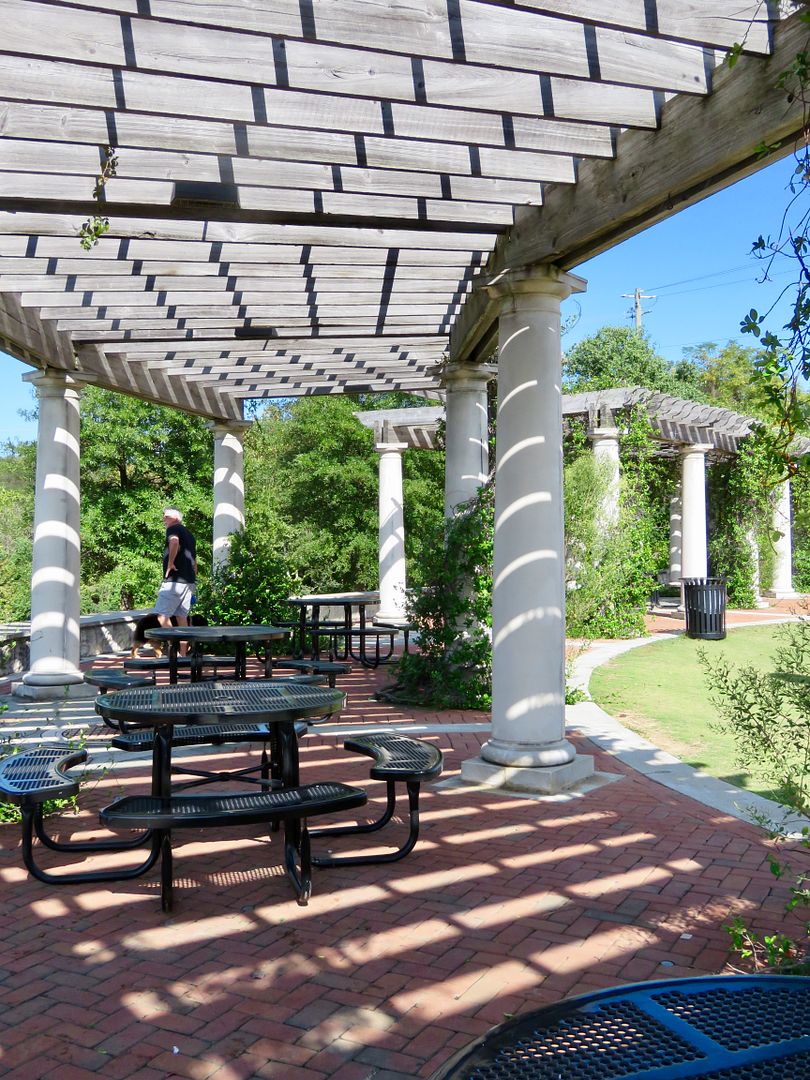
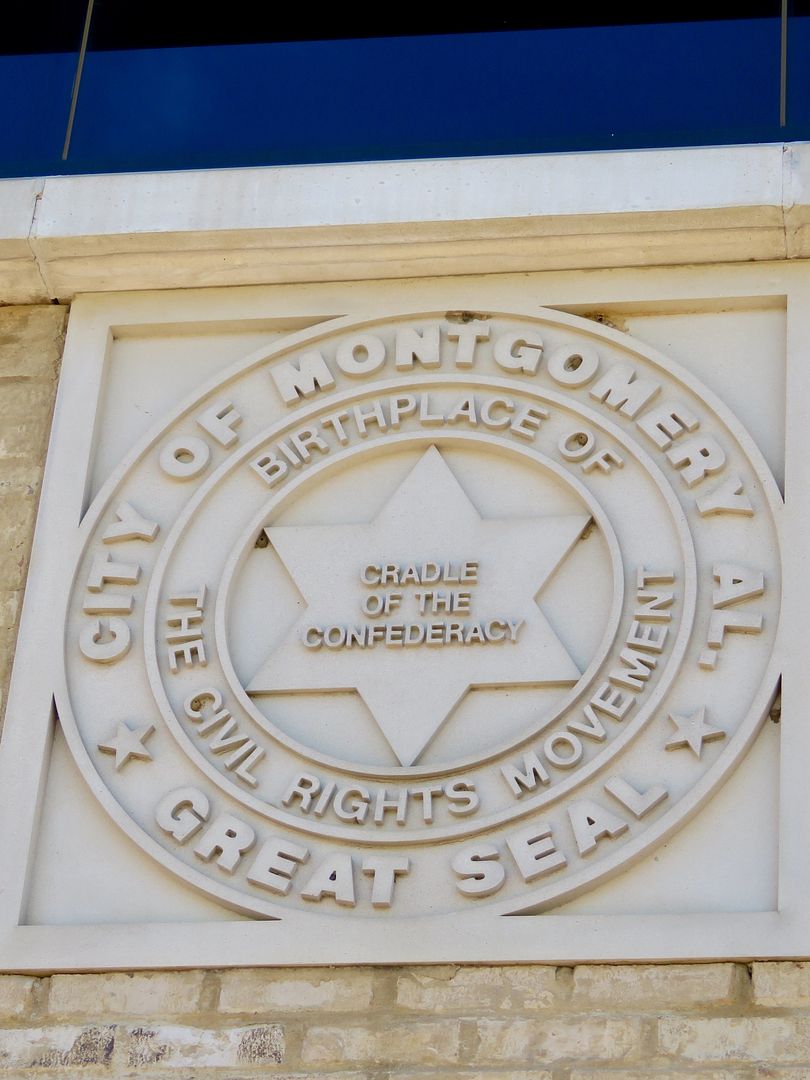

No comments:
Post a Comment